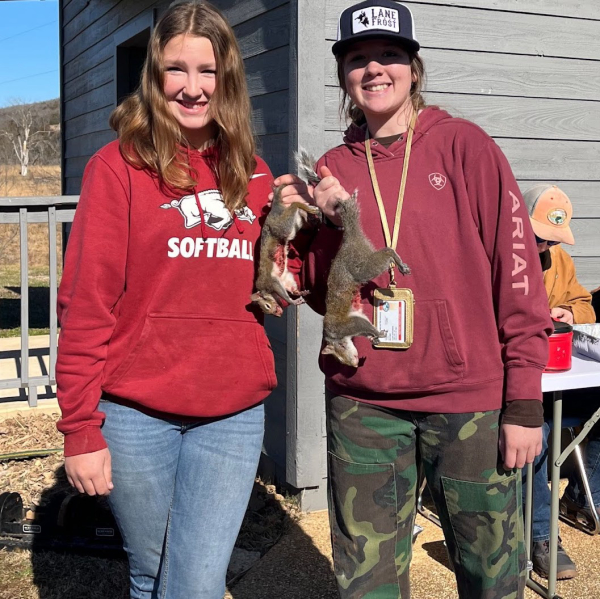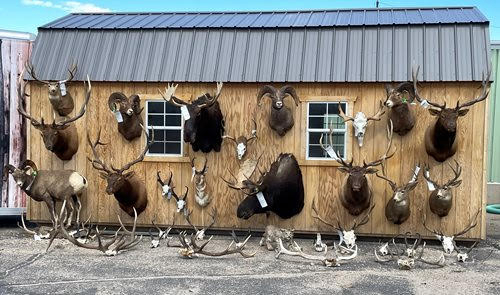Planting Beneficial Food Plots for Deer
By Glen Wunderlich
After being schooled by food-plot guru, Ed Spinazzola, over eight years ago, I’ve followed his advice religiously on planting wildlife mixtures that will attract and hold deer. Here are a few things I’ve learned in the process.
Brassica mixtures containing rape and turnips can produce mixed results. Some hunters swear deer won’t touch the stuff and spending the money and putting in all the hard work is a total waste. What I’ve found is that it all depends on factors such as competing cash crops in the area – especially corn. Deer can literally live in the seclusion provided by corn – and will.
However, what happens when the corn and beans are picked? Obviously, deer can no longer hide where the tasty corn once stood. Oh, they may pick away at the remnants left by farmers, but when the snow and ice arrives, the ever-lessening morsels require much more energy to seek out. Not so with brassicas.
This past miserable winter was a perfect example of why it’s smart to have annuals (must be planted each year) and perennials (come up for years), as part of any Midwest food plot strategy. Even with deep snow, deer are able to paw their way through to get at the above-ground nourishment of turnips. In fact, foliage from turnips and rape is often available right through spring.
Plants that are not eaten will rot to provide nutrients to enrich the soil for future use.
However, with deer stress levels much higher than usual this spring, perennials such as clover, grazing alfalfa, birdsfoot trefoil, and chicory can give deer a running start.
Certainly, perennials can survive without care such as mowing and fertilization. But, since you’ve spent the money prepping the soil and purchasing seed, etc. already, why not get the most out of the initial investment by taking care of it? Clover and alfalfa love to be mowed and will be healthier for it. Deer and other wildlife prefer the tender shoots provided by routine mowing, too.
But, what I saw on my Day 6 Plotwatcher Pro game camera this spring convinced me about the benefit of fertilization. Last fall, I applied a blend of 6-24-24 fertilizer to a half-acre clover plot. Because I missed the recommend application date of August, I went ahead a spread the granular food in October. I watched for it to green up, but it didn’t.
That is until spring. While watching a damaging storm of straight-line winds in April (courtesy of the trail cam mentioned), the storm passed in short order. Within a half hour, deer began to descend on the now flourishing clover plot; they kept coming by the dozen. Before long, it seemed like every deer in the county was on that tiny plot! With dozens of hungry deer on a plot half the size of a football field, I knew the fall fertilization had kicked in; so did the deer!
If you are interested in the health of the deer herd, there are plenty of choices that’ll satisfy their voracious appetites. But, if you want to make sure the food is available when they need it most, perennials can’t be beat. Since we still have about a month before planting time – and, as much as I hate to mention winter – it’s time to prepare for what lies ahead.








